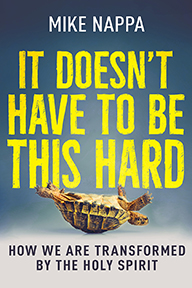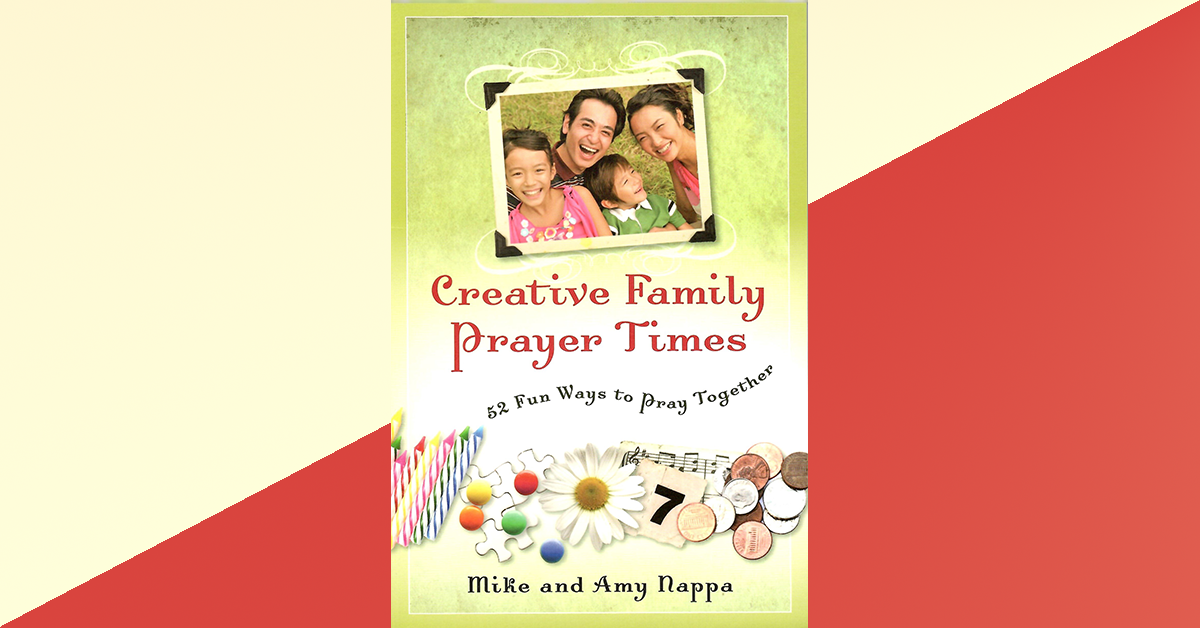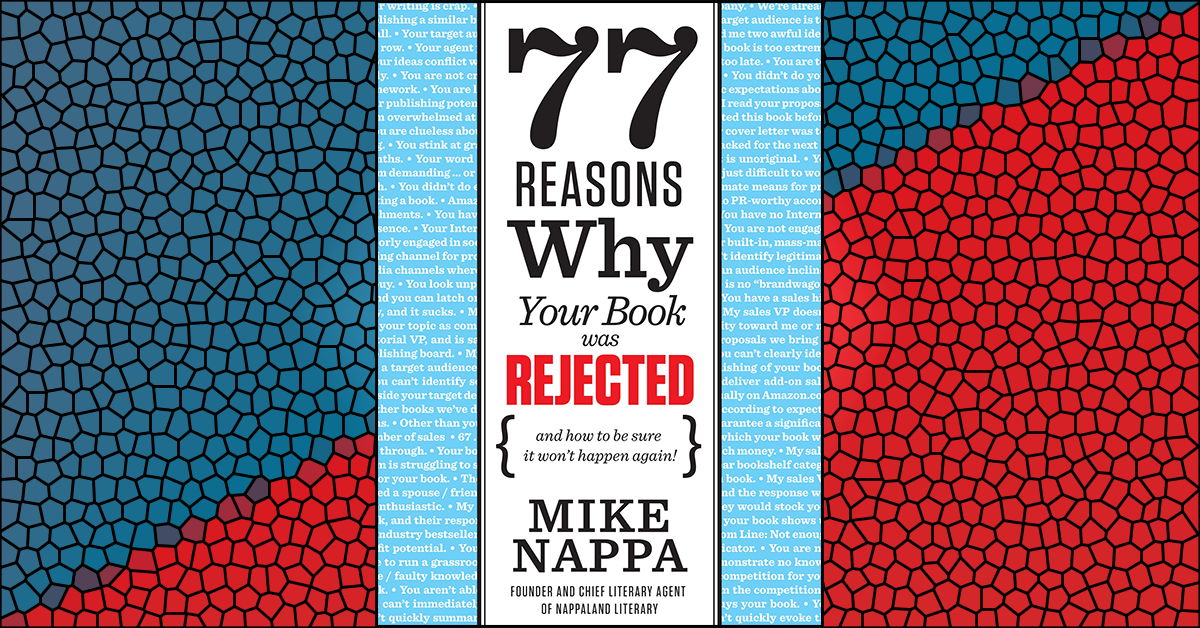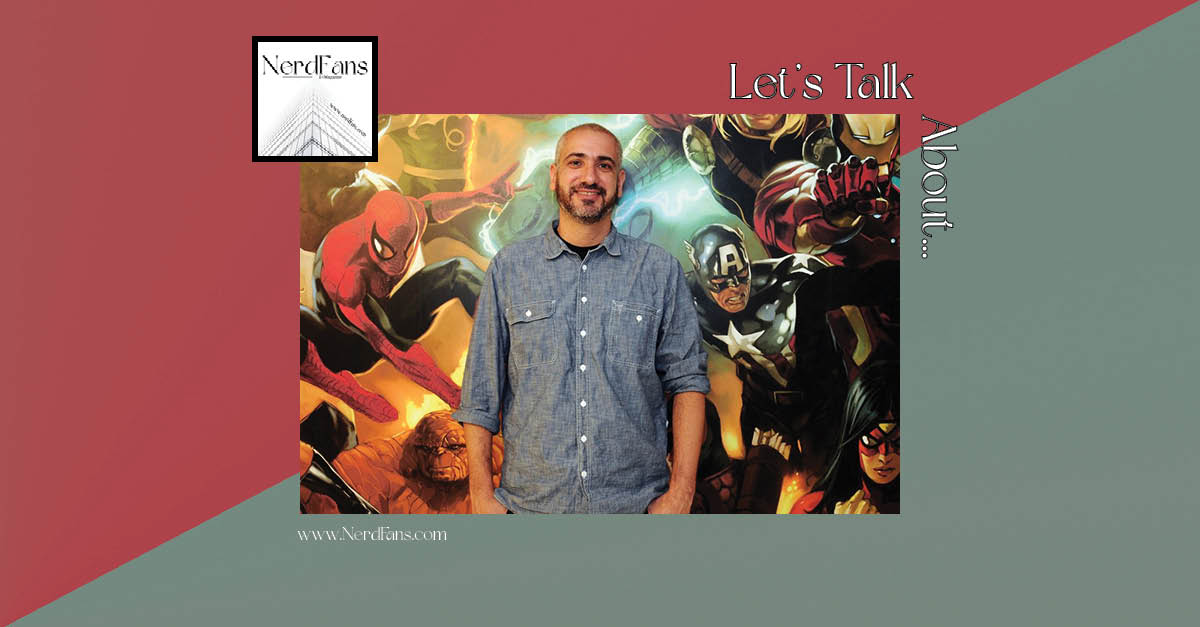An Editorial Team reason for rejection
This is another mistake that most beginning authors make—trying to cram too much into one book. It’s a problem that shows up most often in nonfiction books, but you fiction writers out there should also beware.
If you’re trying to combine two or more distinct subtopics, or two or more significant storylines, they’d better have a clear convergence and obvious relevance with each other. Otherwise, people who like one subtopic or story will be annoyed by the disruption caused by the other—and many will actually give up before they get to the end simply because they’re tired of the interference.
This is the rule: “One message, one book.” If you break that rule, be prepared for the heartbreak of a rejection.
A good writer is also a patient writer. You don’t have to hit every important topic or storyline in every book; you only need to talk about the relevant ones. Those other important topics can wait until they can be dealt with, in depth, through a different book of their own.
Orson Scott Card is an excellent example of a writer who understands this principle. In 1983 he’d landed a contract with Tor Books to publish his first full-length science fiction novel—a book called Speaker for the Dead, which starred a character from one of his short stories, Ender Wiggin.
“In order to make the Ender Wiggin of Speaker make any sense,” Card says, “I had to have this really long, kind of boring opening chapter that brought him from the end of the Bugger War to the beginning of the story in Speaker.” That just wasn’t’ good enough for Card, so he came up with a different option. “The only solution I could think of…was to write a novel version of [my short story] Ender’s Game, so I could put all that material about how Ender became a Speaker for the Dead at the end of that book, thus allowing Speaker to begin at its true beginning.”
The result? Decades later, that secondary, “setup” book, Ender’s Game, is one of the most successful science fiction novels of all time.
Get the point?
What You Can Do About It
1. Memorize this principle: “One book, one message.”
I’m a firm believer in the “one book, one message” structure for a manuscript. Meaning, no matter where you look in a book—from chapter 1 to chapter 99—the reader should always be able to see how it relates to, and reinforces, the central message of the book as a whole.
So when you’re writing, re-think the way you approach each chapter of your book. In the context of your chosen overall message, is this current chapter an intrusion? Or an interesting diversion akin to a rabbit trail? Or is it absolutely necessary to complete the delivery of your message? If it’s one of the first two options here, cut it out. Only allow it to stay in your manuscript if it’s absolutely necessary to the book as a whole.
If you’re brutally critical with yourself on this issue, that saves me from having to be that way … and will likely improve your chances of avoiding my rejection.
2. Be willing to write two (or more) books.
If you’re writing a manuscript and you find yourself drawn toward a deeper exploration of a subtopic or side plot, that should set off a red flag in your critical evaluation of your own work. Go ahead and write out your thoughts while they’re fresh. Then cut those sections and paste them into a separate computer file where you can look at them independently.
Can you see that subtopic or side plot standing alone? With a little expansion and/or a little more depth, could that material justify being a book all by itself? I think that 90% of the time, if you’re honest, your answer will be “yes” to those questions. Rejoice! That’s job security for you. As long as you’ve got new ideas to write about, you’ve got new opportunities to publish.
So be smart with your content. Be patient. And like Orson Scott Card, be willing to let your creative energies split into two (or more) different books. Who knows? Your result could be the defining work of a generation.
3. Remember, by writing a book you make a promise to the reader…and you’d better keep it.
Look at the title of this book: 77 Reasons Why Your Book Was Rejected (and how to be sure it won’t happen again!). Right up front, I’ve made a promise to you that if you look inside here, you’ll find help to avoid rejection in your book publishing career.
What if I wasted your time with an entire section on screenplay writing? Or if I’d opened this book with a broad overview of the history of book publishing in America, you know, as “background” for what was to come later in the book.
Yawn.
You bought this book because you wanted what I promised: 77 reasons why your book was rejected. If I don’t keep that promise—if I let my tangential interests or inability to maintain focus distract me—then you have every right to reject my book. And if you don’t keep your promise because you’re trying to do too much in the book proposal you send me…well, you can bet that I’ll reject yours.
Looking for more? Check out these links:










